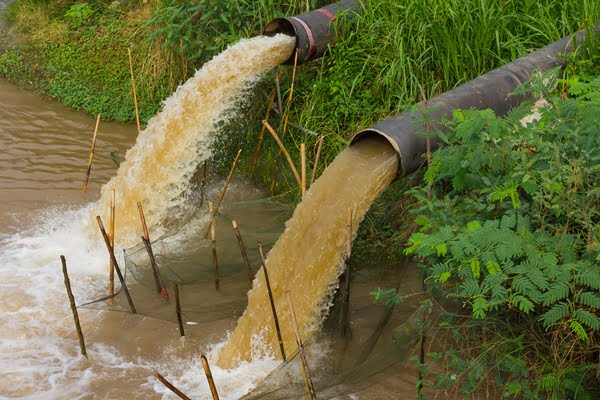Water sources are essential for us to have a good quality of life. Through them, we get water to drink and use in our main daily activities.
However, many of them become polluted, generating environmental impacts for the entire ecosystem of that river or lake. This happens due to untreated sewage discharges, generated by human activities. The lack of investments in basic sanitation has placed Brazil in a critical situation regarding this issue, with more than half of the sewage generated by the population without treatment.
In addition to the bad smell and the gray or dark brown color of the water, the contamination of water sources with sewage causes several problems for the population and the environment though it can be restored by the water restoration company.
Why Is Dumping Untreated Sewage Into Rivers A Problem?
Domestic sewage is composed of water (99%) and solids (1%). These solid tailings are mostly made up of decomposing organic matter, originating from feces and human activities in sinks, tanks, washing machines, showers, among others.
When dumped into rivers without treatment, it alters the natural composition of that ecosystem, causing damage to aquatic fauna and flora and the human beings that live in the surroundings.
The areas most affected by the discharge of untreated sewage into rivers and the resulting problems are:
Public Health
Water is collected and consumed directly from rivers and may be contaminated by incorrect waste disposal and untreated sewage in cities, for example.
This lack of sanitation facilitates the spread of diseases, especially among children and the elderly, who have a more fragile health. This is because the water in rivers, when it does not undergo proper treatment, has high amounts of pollutants and biological agents that can cause diseases, including bacteria, viruses, and parasites.
Other diseases that can be caused by sewage contamination of water are bacterial infections, typhoid fever, cholera, leptospirosis and hepatitis A.
Environment
Undoubtedly, the lack of basic sanitation, especially the low levels of sewage treatment, is one of the biggest environmental problems today, alongside deforestation. Upon reaching rivers, sewage alters the entire chemical composition of the water, directly impacting aquatic life.
This happens because the accumulation of organic matter favors the emergence of microorganisms that reduce the amount of oxygen in the water, directly compromising aquatic life and the quality of this water.
Furthermore, the nutrients present in sewage, especially nitrogen and phosphorus, can cause eutrophication, which is a process of algae proliferation that accumulates on the river surface.
Thus, sunlight cannot penetrate into the water and the plants present in the river cannot carry out photosynthesis, reducing the concentration of oxygen. Thus, animals end up dying and the number of microorganisms increases, altering the entire ecosystem.
Other highly polluting substances that are dangerous to the health of the population are heavy metals, such as mercury, lead and copper, and organochlorines found in pesticides and some pesticides. These elements, as well as plastic derivatives, such as the compound Bisphenol A, accumulate in animals which, when consumed, can cause problems in the nervous and immune systems of human beings.

